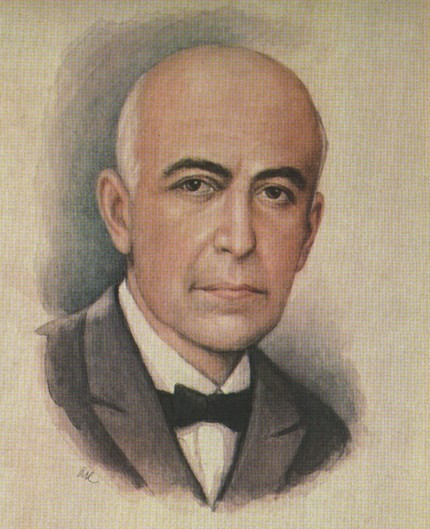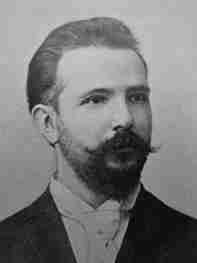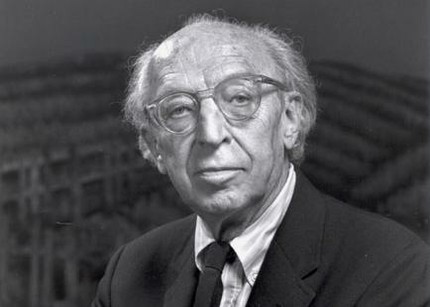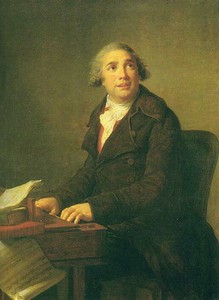
Manuel de Falla |
Manuel de Falla

I strive for an art as strong as it is simple, free from vanity and selfishness. The purpose of art is to generate feeling in all its aspects, and it cannot and should not have any other purpose. M. de Falla
M. de Falla is an outstanding Spanish composer of the XNUMXth century. – in his work he developed the aesthetic principles of F. Pedrel – the ideological leader and organizer of the movement for the revival of the Spanish national musical culture (Renacimiento). At the turn of the XIX-XX centuries. This movement embraced various aspects of the life of the country. Renacimiento figures (writers, musicians, artists) sought to bring Spanish culture out of stagnation, revive its originality, and raise national music to the level of advanced European composer schools. Falla, like his contemporaries – composers I. Albeniz and E. Granados, sought to embody the aesthetic principles of Renacimiento in his work.
Falla received his first music lessons from his mother. Then he took piano lessons from X. Trago, from whom he later studied at the Madrid Conservatory, where he also studied harmony and counterpoint. At the age of 14, Falla had already begun to compose works for a chamber-instrumental ensemble, and in 1897-1904. wrote pieces for piano and 5 zarzuelas. Fallu had a fruitful impact on the years of study with Pedrel (1902-04), who oriented the young composer to the study of Spanish folklore. As a result, the first significant work appeared – the opera A Short Life (1905). Written on a dramatic plot from folk life, it contains expressive and psychologically truthful images, colorful landscape sketches. This opera was awarded first prize at the competition of the Madrid Academy of Fine Arts in 1905. In the same year, Falla won first prize at the piano competition in Madrid. He gives concerts a lot, gives piano lessons, composes.
Of great importance for expanding Falla’s artistic views and improving his skills was his stay in Paris (1907-14) and creative communication with the outstanding French composers C. Debussy and M. Ravel. On the advice of P. Duke in 1912, Falla reworked the score of the opera “A Short Life”, which was then staged in Nice and Paris. In 1914, the composer returned to Madrid, where, on his initiative, a musical society was created to promote the ancient and modern music of Spanish composers. The tragic events of the First World War are reflected in the “Prayer of mothers who hold their sons in their arms” for voice and piano (1914).
In 1910-20. Falla’s style takes on completeness. It organically synthesizes the achievements of Western European music with national Spanish musical traditions. This was brilliantly embodied in the vocal cycle “Seven Spanish Folk Songs” (1914), in the one-act pantomime ballet with singing “Love the Magician” (1915), which depicts pictures of the life of the Spanish gypsies. In the symphonic impressions (according to the author’s designation) “Nights in the Gardens of Spain” for piano and orchestra (1909-15), Falla combines the characteristic features of French impressionism with a Spanish basis. As a result of cooperation with S. Diaghilev, the ballet “Cocked Hat” appeared, which became widely known. Such outstanding cultural figures as choreographer L. Massine, conductor E. Ansermet, artist P. Picasso took part in the design and performance of the ballet. Falla gains authority on a European scale. At the request of the outstanding pianist A. Rubinstein, Falla writes a brilliant virtuoso piece “Betic Fantasy”, based on Andalusian folk themes. It uses original techniques coming from the Spanish guitar performance.
Since 1921, Falla has lived in Granada, where, together with F. Garcia Lorca, in 1922 he organized the Cante Jondo Festival, which had a great public resonance. In Granada, Falla wrote the original musical and theatrical work Maestro Pedro’s Pavilion (based on the plot of one of the chapters of Don Quixote by M. Cervantes), which combines elements of opera, pantomime ballet and puppet show. The music of this work embodies the features of the folklore of Castile. In the 20s. in the work of Falla, features of neoclassicism are manifested. They are clearly visible in the Concerto for clavicembalo, flute, oboe, clarinet, violin and cello (1923-26), dedicated to the outstanding Polish harpsichordist W. Landowska. For many years, Falla worked on the monumental stage cantata Atlantis (based on the poem by J. Verdaguer y Santalo). It was completed by the composer’s student E. Alfter and performed as an oratorio in 1961, and as an opera it was staged at La Scala in 1962. In his last years, Falla lived in Argentina, where he was forced to emigrate from Francoist Spain in 1939.
Falla’s music for the first time embodies the Spanish character in its national manifestation, completely free from local limitations. His work put Spanish music on a par with other Western European schools and brought her worldwide recognition.
V. Ilyeva





